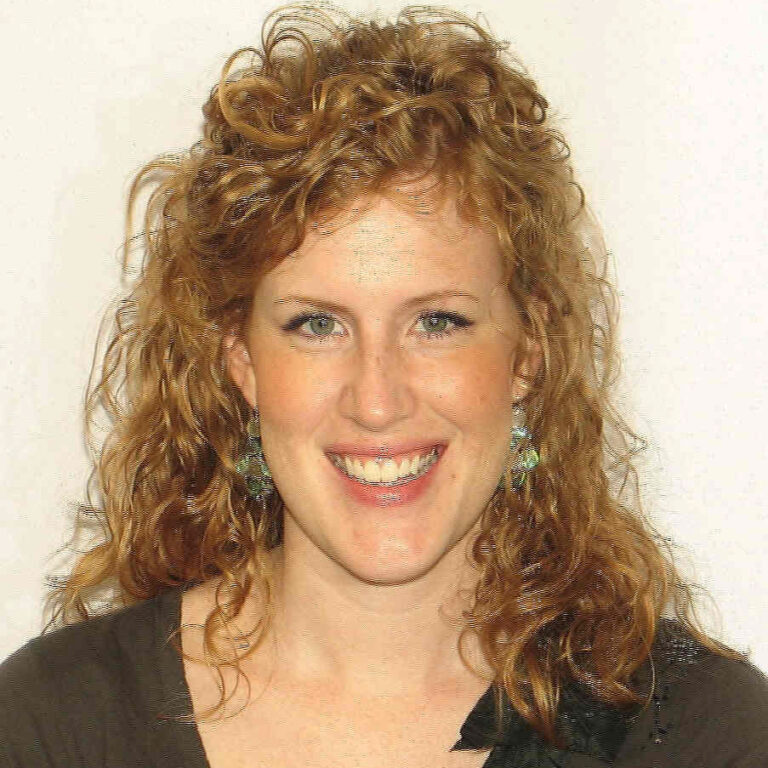By Rebecca Koerselman
When examining religious traditions, including my own Reformed tradition, I’ve been fascinated by the ways that parents attempt to pass their beliefs on to their children. Many parents and grandparents express fears and concerns about employing the ‘right’ techniques for ensuring that their youth adopt evangelical identities and guarentee the future of the religious tradition.
In the past, one specific way that evangelicals contended with their fears about the maintenance of their religion through the next generations was to offer wholesome leisure and recreation opportunities for young children: summer camp! These programs were usually tailored toward the assumed specific needs of each gender. Adult religious leaders did not just promote and develop their own youth programs as a means of offering wholesome entertainment, but they believed that these programs were vital toward the perpetuation of new generations of believers.
 The Pioneer Girls Clubs and camping programs, established in the 1940s by a group of women at Wheaton College, grew out of an exponential blossoming of evangelical clubs in the postwar era. Many evangelical summer camps found their roots in the 1940s and 1950s as evangelicals connected the importance of summer camp with conversion, training, and discipleship of American youth for the purpose of grooming the next generation of evangelical leadership. The rise of these summer camps corresponded with the postwar context of an expanding middle class interested in new ideas of ‘proper’ parenting and ways to encourage ‘meaningful play’ in their children. In the thriving economic era following World War II, more Americans understood their role as parents to include character-building and religious experiences through summer camps. Notably, evangelical leadership viewed this newly distinctive group, teenagers, as the ideal opportunity to recreate and redefine their postwar image. Both parachurch organizations and churches underscored the need for intervention in this postwar youth generation and created clubs, groups, and summer camps in order to train and inculcate evangelical values in American youth.
The Pioneer Girls Clubs and camping programs, established in the 1940s by a group of women at Wheaton College, grew out of an exponential blossoming of evangelical clubs in the postwar era. Many evangelical summer camps found their roots in the 1940s and 1950s as evangelicals connected the importance of summer camp with conversion, training, and discipleship of American youth for the purpose of grooming the next generation of evangelical leadership. The rise of these summer camps corresponded with the postwar context of an expanding middle class interested in new ideas of ‘proper’ parenting and ways to encourage ‘meaningful play’ in their children. In the thriving economic era following World War II, more Americans understood their role as parents to include character-building and religious experiences through summer camps. Notably, evangelical leadership viewed this newly distinctive group, teenagers, as the ideal opportunity to recreate and redefine their postwar image. Both parachurch organizations and churches underscored the need for intervention in this postwar youth generation and created clubs, groups, and summer camps in order to train and inculcate evangelical values in American youth.
Interestingly, church and parachurch organizations created distinctive messages for young men and young women. For example, the Pioneer Girls emphasized the training of believers as well as the saving and teaching of non-believers, foreign mission work, and Bible study and memorization. Camp Cherith (KEE rith), the Pioneer Girls camping program, underlined the importance of teaching girls leadership skills to use in the evangelical church and wider community. While at the same time instilling ‘feminine’ qualities and skills that corresponded with domestic work, the Pioneer Girls also professed a commitment to evangelical leadership training for women. As the historian Timothy Larsen notes, “for Pioneer Girls in mid-twentieth century America, being ‘Career Girls’ was not a term of suspicion or disapproval, but rather an option in life to which girls were explicitly invited to aspire.”
Most of the directors and leadership of the Pioneer Girls were single women who, in the 1950s, allowed women to “envision a life of singleness or a career outside of being a housewife and mother.” The Pioneer Girls did not explicitly encourage women to remain single, but it did encourage young postwar girls to pursue God’s work, whether through marriage and family, part time work, or through full time ministry. The emphasis was on answering God’s call, not the social appropriateness of the work God called these women to do. The Pioneer Girls provide a useful complication to the traditional historiography of the postwar period as a period that primarily emphasized careers of motherhood, even if the Pioneer Girls did not envision themselves as actively pushing gendered assumptions about women and work in postwar America.
While we no longer live in the 1940s or 1950s, when instructing children and youth about our own religious tradition, do we package that instruction differently based on gender? If so, is that more effective? Or does it merely reflect and magnify our cultural and social assumptions about gender?
(Quotes are from Timothy Larsen’s article about the Pioneer Girls, Timothy Larsen, “Pioneer Girls: Mid-Twentieth-Century American Evangelicalism’s Girl Scouts,” The Asbury Journal 2008, 69-70.)
Rebecca Koerselman teaches history at Northwestern College in Orange City, Iowa.

